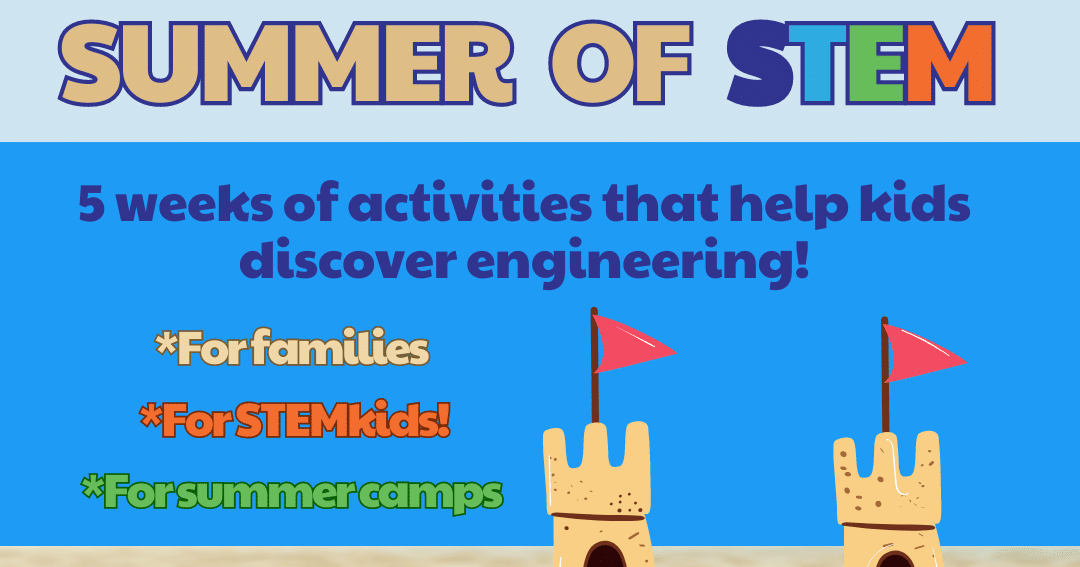This article contains collapsible sections with activity materials, instructions, and additional resources. Use the expand/collapse buttons to view each section.
Activity Content Sections
Click to expand or collapse the materials needed section
Click to expand or collapse the introduce section


 stuff to make the structure of the stand, such as cardboard, craft or popsicle sticks, balsa wood, and thin sheets of
stuff to make the structure of the stand, such as cardboard, craft or popsicle sticks, balsa wood, and thin sheets of







5 Comments